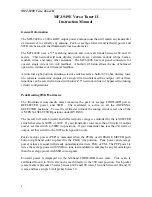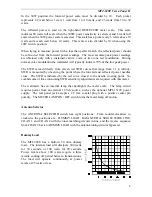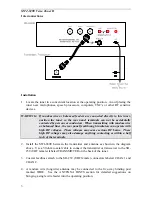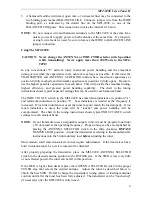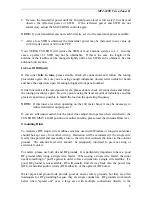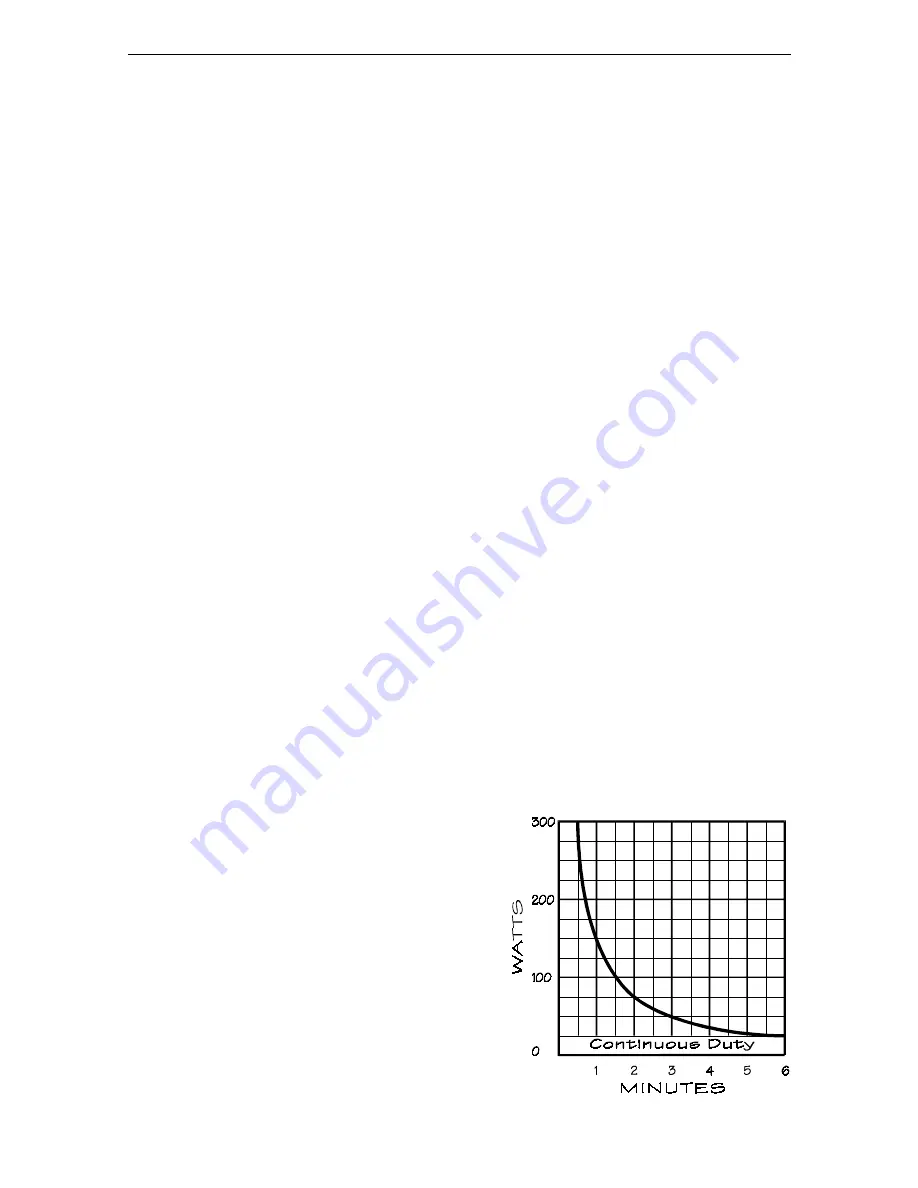
MFJ-949E Versa Tuner II
2
In the 30W position the forward power scale must be divided by 10. Each picket
represents 1/2 watt below 1 watt, 1 watt from 1 to 10 watts, and 2.5 watts from 10 to 30
watts.
The reflected power is read on the right-hand REFLECTED meter scale. This scale
indicates 60 watts full scale when the 300W power sensitivity is selected, and 6 watts full
scale when the 30W power scale is selected. This scale has a picket every 5 watts above 10
watts and at each watt below 10 watts. This scale is also divided by 10 when using the
30W switch position.
When trying to measure power with a less than perfect match, the reflected power should
be
subtracted
from the forward power readings. The most accurate peak power readings
are obtained only with a sustained carrier, voice or two tone test modulation. During
normal voice modulation the wattmeter will typically indicate 70% of the true peak power.
The SWR is read directly from eleven red SWR curves that range from 1:1 to infinity.
SWR is measured by observing the point where the forward and reflected power needles
cross. The SWR is indicated by the red curve closest to the needle crossing point. No
cumbersome or time consuming SWR sensitivity adjustments are required with this meter.
The wattmeter has an internal lamp that backlights the meter scale. The lamp circuit
requires power from an external 12 Vdc source, such as the optional MFJ-1312C power
supply. The rear panel jack accepts a 2.5 mm coaxial plug with a positive center pin
polarity. The METER LAMP ON / OFF switch turns the meter lamp off and on.
Antenna Selector
The ANTENNA SELECTOR switch has eight positions. From counter-clockwise to
clockwise the positions are: DUMMY LOAD, BALANCED or SINGLE WIRE LINE,
COAX 1, and COAX 2 with the tuner matching circuits in line, and the reverse sequence
from COAX 2 back to DUMMY LOAD with the antenna tuning circuits bypassed.
Dummy Load
The MFJ-949E has a built-in 50 ohm dummy
load. The internal load will dissipate 300 watts
for 30 seconds, or 100 watts for 90 seconds.
Power levels above 100 watts require a three
minute cooling off period between transmissions.
The load will operate continuously at power
levels of 25 watts or less.


